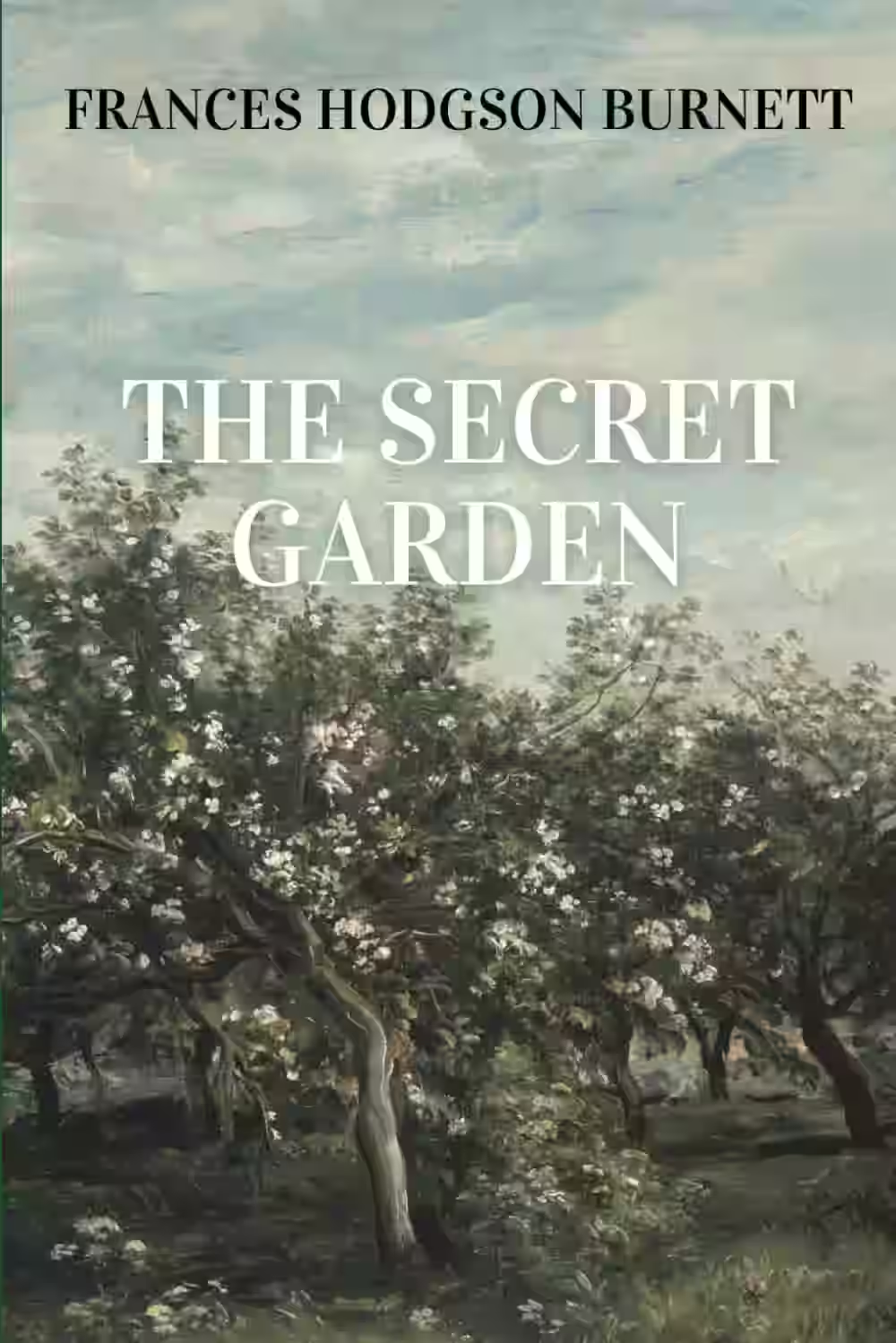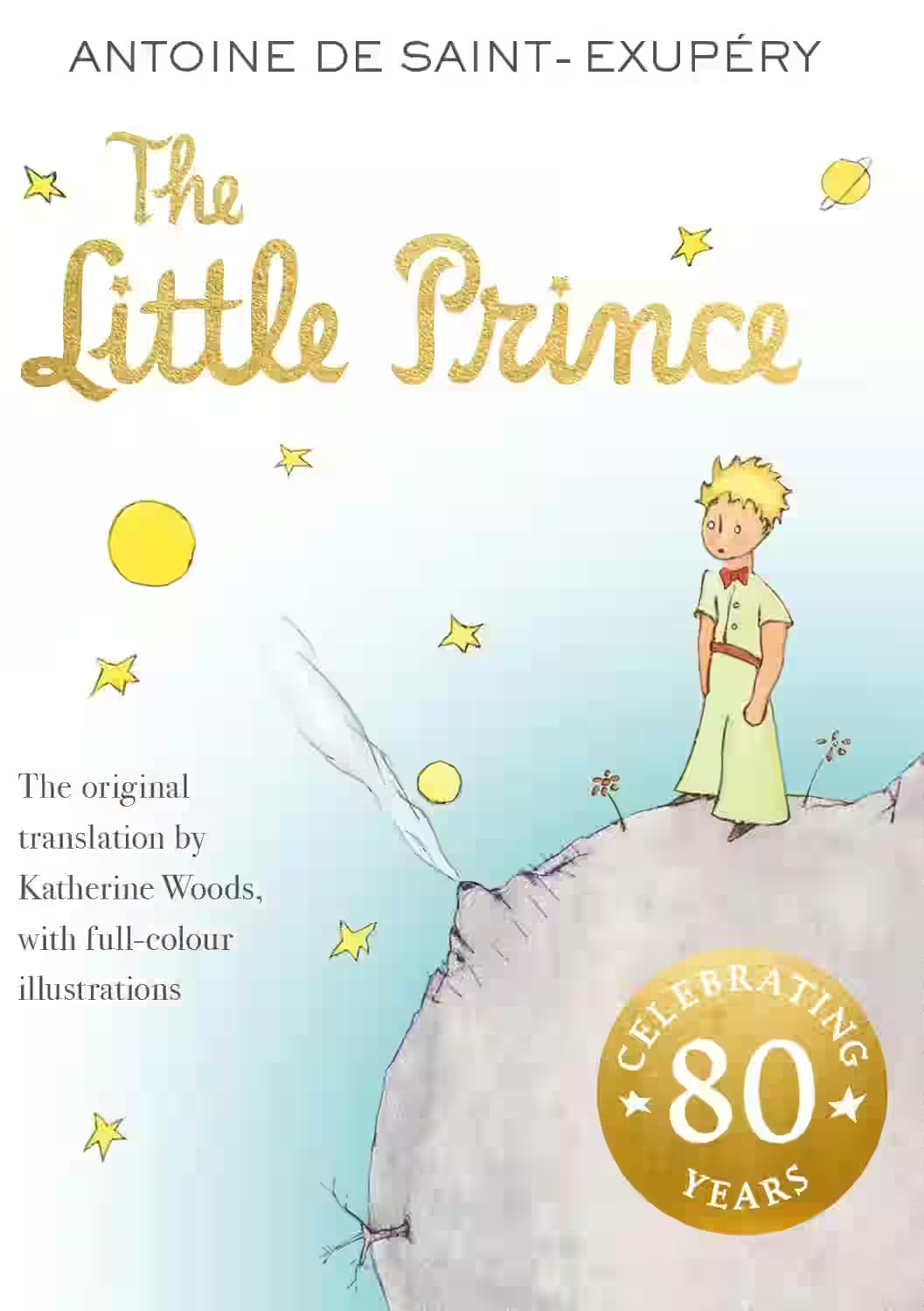Children's Fiction
Children's Fiction includes stories for young readers, often with simple plots, imaginative settings, and age-appropriate themes.

The Secret Garden
First published in 1911, this children’s classic tells the story of Mary Lennox, a spoiled and lonely girl sent to live with her uncle in a mysterious English manor. There, she discovers a hidden, neglected garden and begins restoring it—alongside her cousin Colin and friend Dickon. As the garden blooms, so do the characters, who undergo emotional and physical transformations. The Secret Garden celebrates the healing power of nature, friendship, and hope. Rich with symbolism and Victorian charm, it remains a timeless tale of personal growth and rejuvenation that continues to captivate readers of all ages.

Blueback
by Tim Winton
Tim Winton's Blueback is a poignant fable centered on Abel Jackson, a young boy living in a coastal Australian town. Abel forms a deep bond with a majestic blue groper, whom he names Blueback, symbolizing his connection to the sea. As he grows, Abel becomes increasingly aware of environmental threats to his beloved bay, prompting a lifelong commitment to conservation. Through lyrical prose, Winton addresses themes of ecological responsibility, the passage of time, and the profound relationships between humans and nature. Blueback serves as both a coming-of-age story and an environmental parable.

The Little Prince
This poetic novella follows a young prince who travels from planet to planet, encountering strange adults and pondering life’s deeper truths. Told by a narrator stranded in the desert, the story explores themes of love, loss, innocence, and imagination. With deceptively simple language and whimsical illustrations, The Little Prince delivers profound reflections on human nature and relationships—especially through the prince’s bond with a rose. Though written for children, it resonates strongly with adults, reminding readers to see with the heart rather than the eyes. Universally cherished, it’s a philosophical fable that invites reflection on what truly matters.